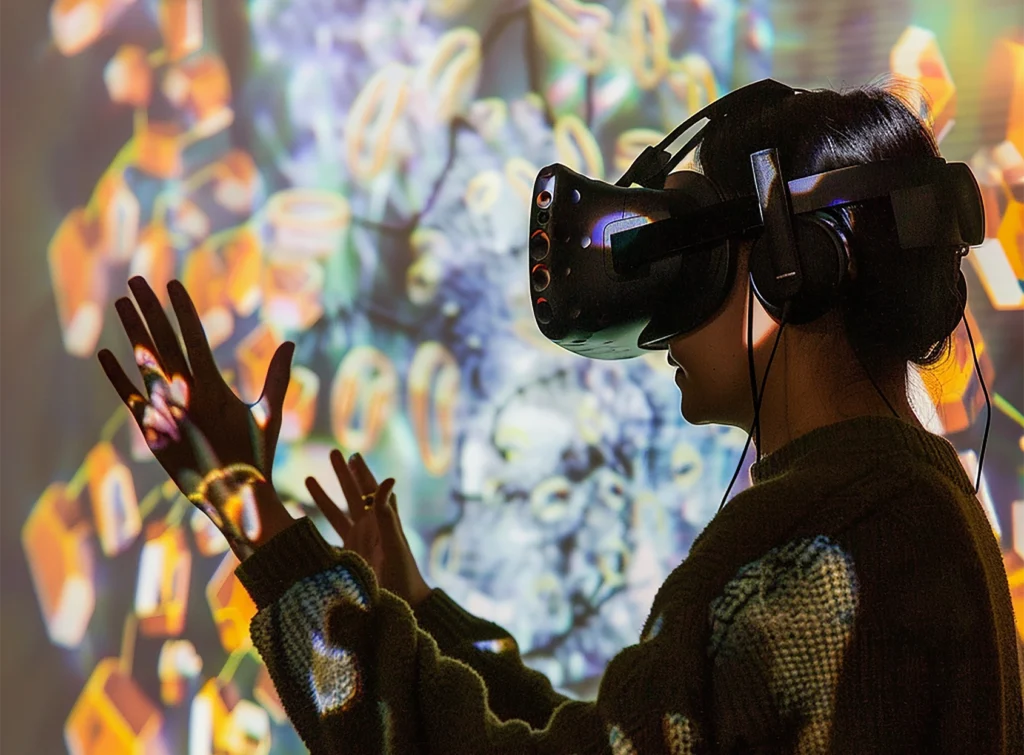
Maximizing the Benefits of Virtual Events in the Tech Industry
- by GlobalMeet Blog Team
- ,
The tech industry has always been a leader in embracing digital transformation — especially when it comes to connecting people. Virtual events, once considered a contingency plan and nothing more, have become a core strategy for tech companies worldwide. Whether it’s hosting a virtual networking event, launching a new product, or running a global developer conference, tech firms are discovering that virtual events are not just convenient alternatives to in-person gatherings — they’re opportunities to engage with global audiences in smarter, more scalable ways.
The Evolution of Virtual Events in the Tech Industry
While early virtual events were often simple webinars with slide presentations, the landscape has changed rapidly in the last five years alone. Innovations in event technology, audience engagement tools, and immersive platforms have helped tech companies shift from passive broadcasts to fully interactive digital experiences.
Today, tech industry virtual events are highly strategic, built around community-building, knowledge sharing, and thought leadership. Savvy corporations have embraced hybrid and virtual-first approaches, reaching audiences at scale while cutting down on logistical overhead. These events aren’t just live streams — they’re dynamic ecosystems offering on-demand content for attendees around the globe.
Why Virtual Events Are a Game-Changer for Tech Companies
Virtual events unlock several key advantages for companies in the tech space, and making use of an enterprise grade platform brings them to the next level.
Global Reach
A virtual event removes geographical barriers, opening the door to a truly global audience of customers, developers, investors, and media.
Cost Efficiency
Without the need for physical venues, travel, and accommodation, companies can reduce costs while increasing production value and frequency of events.
Scalability
Virtual platforms allow for audience sizes that physical spaces could never accommodate, while personalized breakout rooms still support targeted, small-group engagement.
Data and Analytics
Every click, view, and interaction can be tracked, helping companies better understand audience behavior to optimize future events.
Using Virtual Events for Product Launches and Developer Conferences
Product Launches
In the fast-paced world of tech, time-to-market can make or break a product. Virtual events are ideal for launching new technologies fast, offering a platform to showcase features through live demos, expert panels, and pre-recorded content, in half the setup time of in person events.
Launching virtually also allows companies to:
- Synchronize global announcements.
- Offer interactive product walkthroughs.
- Collect immediate feedback via live polls and chat.
- Extend the shelf life of the launch with on-demand content.
A well-executed virtual product launch can generate buzz, build anticipation, and deliver critical product information to prospects and partners, all within a single digital experience.
Developer Conferences
For tech firms, developers are more than users — they’re ecosystem builders. Virtual developer conferences can enable deeper engagement by offering access to technical sessions, code labs, and networking opportunities that foster a sense of community.
Best practices include:
- Offering tiered content tracks for beginner, intermediate, and advanced developers.
- Providing hands-on virtual environments or APIs for testing.
- Hosting “Ask Me Anything” (AMA) sessions with product teams.
- Encouraging user-generated content or code challenges to promote involvement.
Developer-centric virtual events not only educate and inform, but can also inspire advocacy and loyalty, both crucial in competitive markets.
Best Practices for Increasing Engagement at Virtual Tech Events
Engagement can make or break a virtual event. Unlike in-person gatherings where physical presence demands attention, virtual attendees can easily check out — unless you give them a reason to stay engaged.
Shorter, High Value Sessions
Evidence suggests that attention spans are shorter online than they are in person. To alleviate this, break content into digestible segments — think 10–20 minute sessions with clear, thought-provoking takeaways and regular breaks so that attendees have the best chance to stay engaged throughout.
Interactive Elements
Make use of interactive elements such as live polls, Q&As, chat, and surveys to invite participation from your audience. Embedding quizzes or challenge leaderboards throughout the event is also a great way to drive and reward engagement.
Strong Moderation and Hosting
A good host or moderator keeps energy high, creates connection between sessions, and encourages audience involvement as a natural part of their role. Think of them as the bridge between content and the crowd.
Breakout Spaces and Matchmaking
Even when you don’t have everyone in the same place, it’s possible to facilitate conversations through breakout sessions, meeting room apps, or digital networking lounges. You can even use attendee data to match people with similar interests or goals to encourage meaningful, memorable conversation.
AI, VR, and Gamification
The tech industry often acts as the flagship for other industries when it comes to technological developments. These innovations can push virtual events to the next level and leveraging AI, virtual reality (VR), and gamification can make virtual experiences more personalized, immersive, and impactful.
Artificial Intelligence
Using AI to enhance virtual events is becoming more common, and there are number of key areas where it can make a real impact.
- Personalized Agendas: AI can recommend sessions based on attendee interests and behavior, allowing them to create their own personal event experience.
- Chatbots and Virtual Assistants: While it may be prudent to have live human support on hand, chatbots can provide instant support for attendees in navigating event platforms or asking simple questions.
- Smart Networking: With advances in AI-powered matchmaking, event organizers can connect attendees based on pre-listed professional interests or goals, making the networking experience smoother for everyone.
These personalization options make events feel curated, and will help give the best possible experience to every attendee.
Virtual Reality
Though still not in common use in many industries, for tech companies looking to really wow their audience, Virtual Reality is the next frontier in event development. While not every attendee will have access to a VR headset, VR elements can still be incorporated in other ways.
360-degree product demos will allow virtual attendees a chance to look in detail at any new product, even if they can’t hold it in their hands. Virtual expo halls are another innovation that takes a simple content menu to a whole new level, allowing attendees to navigate through a virtual map to visit booths, just like they would in person.
VR also allows for more immersive presentations and training environments, bringing a level of “presence” and spatial awareness that traditional 2D experiences simply can’t match, and making virtual events more intuitive and memorable.
Gamification
Gamification goes beyond engagement — it builds connection. In the tech industry, where many attendees are naturally competitive or curious, gamified experiences (like coding challenges, scavenger hunts, or trivia) can add a layer of fun to otherwise plain events.
Gamification works particularly well for driving booth visits in a virtual expo, encouraging content consumption, and reinforcing learning through interactive knowledge checks. By leveraging gamification elements you can give your attendees an experience that they feel part of, and that will make them want to come back year after year.
Conclusion
Virtual events in the tech industry are no longer a stopgap — they’re a strategic channel for outreach, community-building, and innovation. Whether you’re launching a product, educating developers, or hosting a global summit, a well-designed virtual event can achieve meaningful results while amplifying your brand’s reach. As the virtual event landscape continues to evolve, one thing remains certain: in the tech industry, the future of events isn’t just digital — it’s dynamic.


